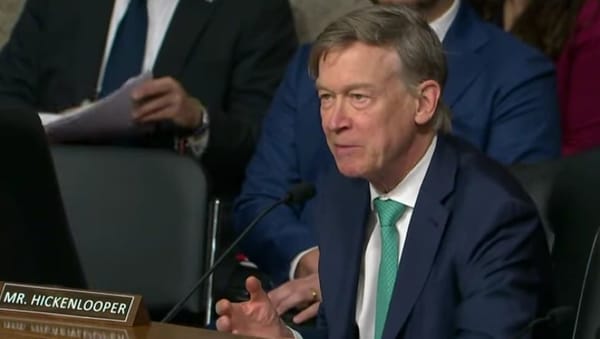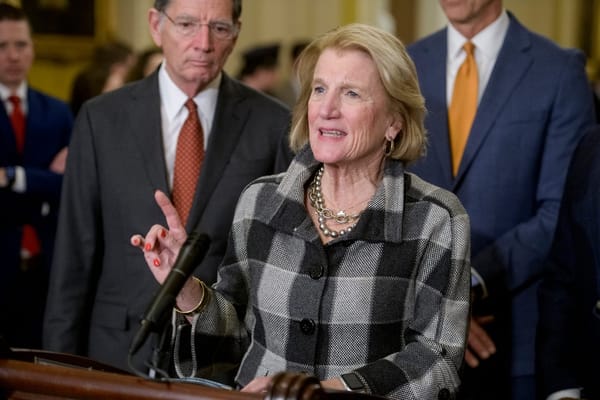FCC National Plan Aims for Data-Driven Approach to Broadband
WASHINGTON, July 2, 2009 – Blair Levin, recently appointed to head up the national broadband strategy at the Federal Communications Commission, laid out the agency’s framework for this plan – due in 230 days – at Thursday’s open meeting.
WASHINGTON, July 2, 2009 – Blair Levin, recently appointed to head up the national broadband strategy at the Federal Communications Commission, laid out the agency’s framework for this plan – due in 230 days – at Thursday’s open meeting.
The agency’s broadband plan will interact with other congressional mandates, including the Broadband Data Improvement Act, and an upcoming report on high-speed adoption, among others.
The agency said it would merge the regulatory process for the regulatory process on high-speed adoption (also called the “Section 706” report after that portion of the 1996 Telecommunications Act) and the national broadband plan.
Comments on the 706 report will be considered in the national broadband plan, and vice versa. This will help create ongoing institutional knowledge on broadband, Levin said, which can serve to inform ongoing policy deliberations. The plan will include input from each bureau at the FCC.
The national broadband plan asks four questions: (1) What is current state of broadband deployment, affordability, and other factors?; (2) What is the near-term solution if there were no dramatic change in government policy? This would take into account technological advances including the wireless Long Term Evolution standard, the cable industry DOCSIS 3.0 technology, among others; (3) What are the areas in which there are demonstrable harms to the public interest?; and (4) What are the ways of lessening the public interest harms?
Levin noted that the FCC doesn’t know the answers to any of these questions today, but the agency would be open, transparent, inclusive, and participatory.
One of the first steps to achieving this goal was the launch on Thursday of the beta website, www.broadband.gov. The new website has the ability to display maps, consumer info, and broadband resources.
The process will also include several meetings “outside the beltway,” though no locations are set as of today.
Levin also set out a timeline where the following developments would be presented at the open commission meeting that month:
- In September, the FCC will explain the factual state of play.
- In November, key broadband gaps will be analyzed.
- In December, the policy framework will be explained.
- In January, the national agenda will be discussed.
- In February, the Section 706 report and the national broadband plan are due to be presented.
Commissioner Michael Coops, the first of the three commissioners to speak, said that the national broadband plan is “even more important and transformative than the 1996 Act.
Copps thanked Levin for this work on the plan. He said he was “thoroughly impressed with the quality and quantity of your work.” Copps lauded the “forward-looking, strategic, data driven” approach, hoping that the plan “can make us the technology leader of the world again.”
Commissioner Copps finished by saying, if you “enable broadband, and you enable the United States of America.”
Commissioner Robert McDowell noted that increasingly the world’s economy rides on the rails of broadband.” He also expressed his hope that “the plan will be iterative… so we can be adjustable, as the Internet is.”
FCC Chairman Julius Genachowski stated that “Congress has entrusted the FCC with a matter of profound importance to the country.” The agency “must find ways to make sure all Americans have access to broadband.” Genachowski said he was also “pleased that the plan will be data-driven,” with the FCC “not just accepting data, but digging into the data.”









Member discussion